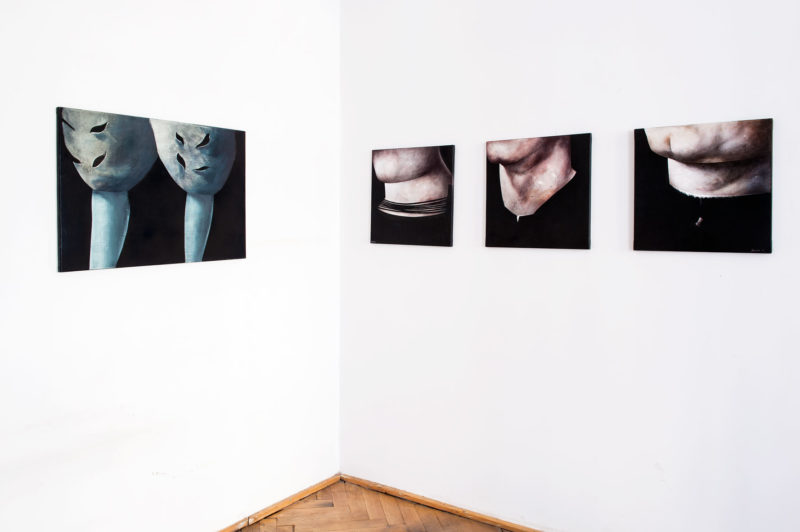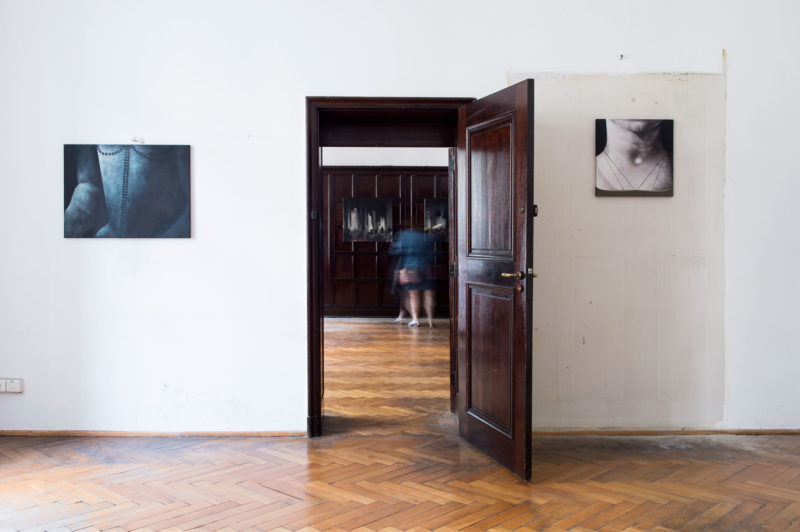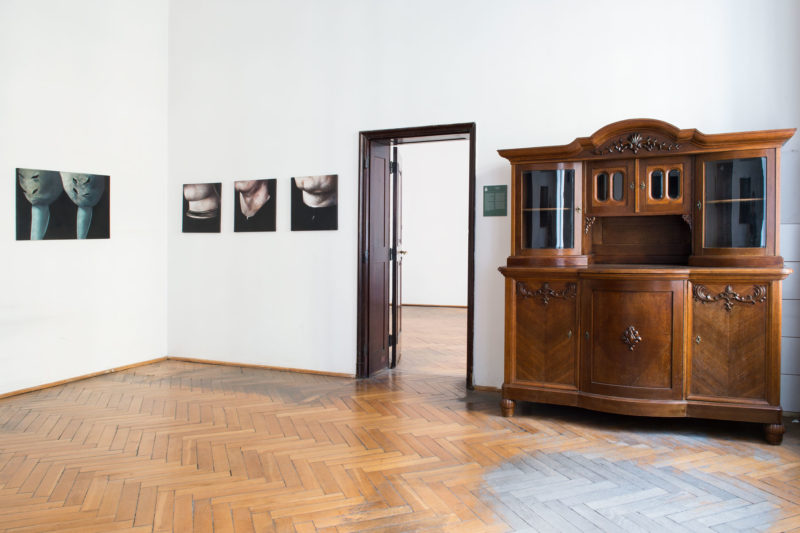Details

“While describing a detail, Daniel Arrase quotes Karel van Mander’s account of the 16th-century practice of cutting out the most precious fragments of paintings. In spite of its ostensible pointlessness, the price of one such fragment could exceed that of the whole painting. Just like jewellery, art encourages a reflection on the mutual relationship between objects and their attributed values. Do they depend on objective laws or unpredictable trends and fashions that could be likened to whirlpools – initially invisible, but gradually growing in power and arousing the desire of ever greater masses of people? Items, especially jewellery (including regalia) and other sophisticated elements of people’s attire, are among the first indicators of one’s social status, and more broadly – of one’s attitude to the material world. Glitter, however, may reflect the wearer’s financial means only in the eyes of ignorant laymen. Sometimes the immaculate whiteness of the cuff, the velvety blackness of the jacket, or, more generally – the appropriate use of whatever is at our disposal at a given time, could signal the owner’s natural ability to use the financial resources offered by the world.”
Ł.H.
photo: Małgorzata Kujda







